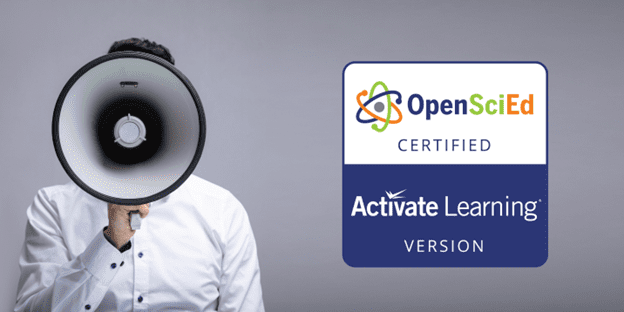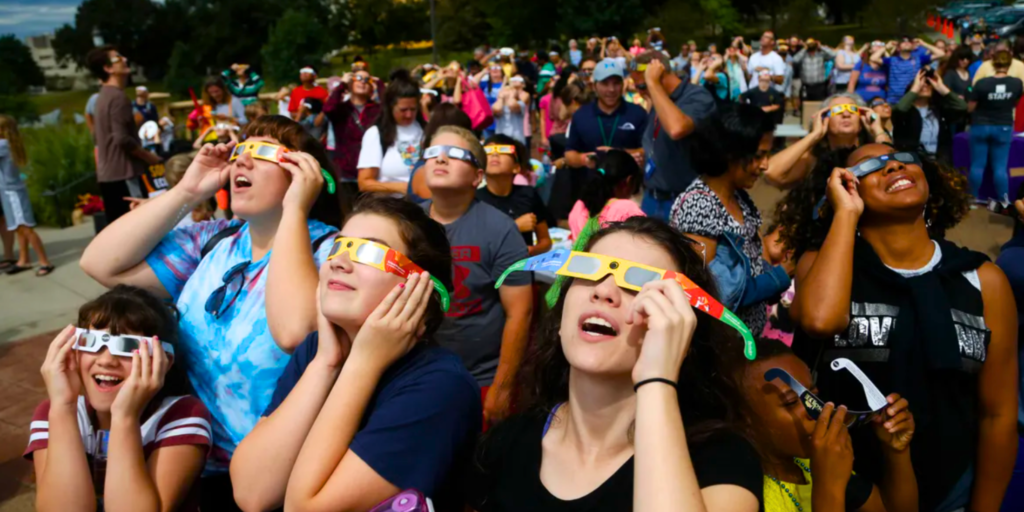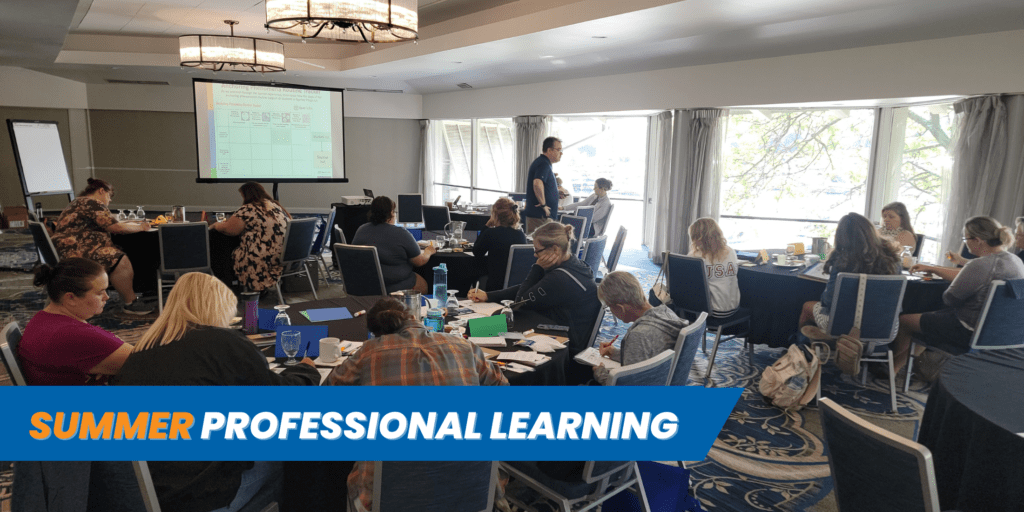Snapshot Strategies and Resources: Student Sensemaking in OpenSciEd
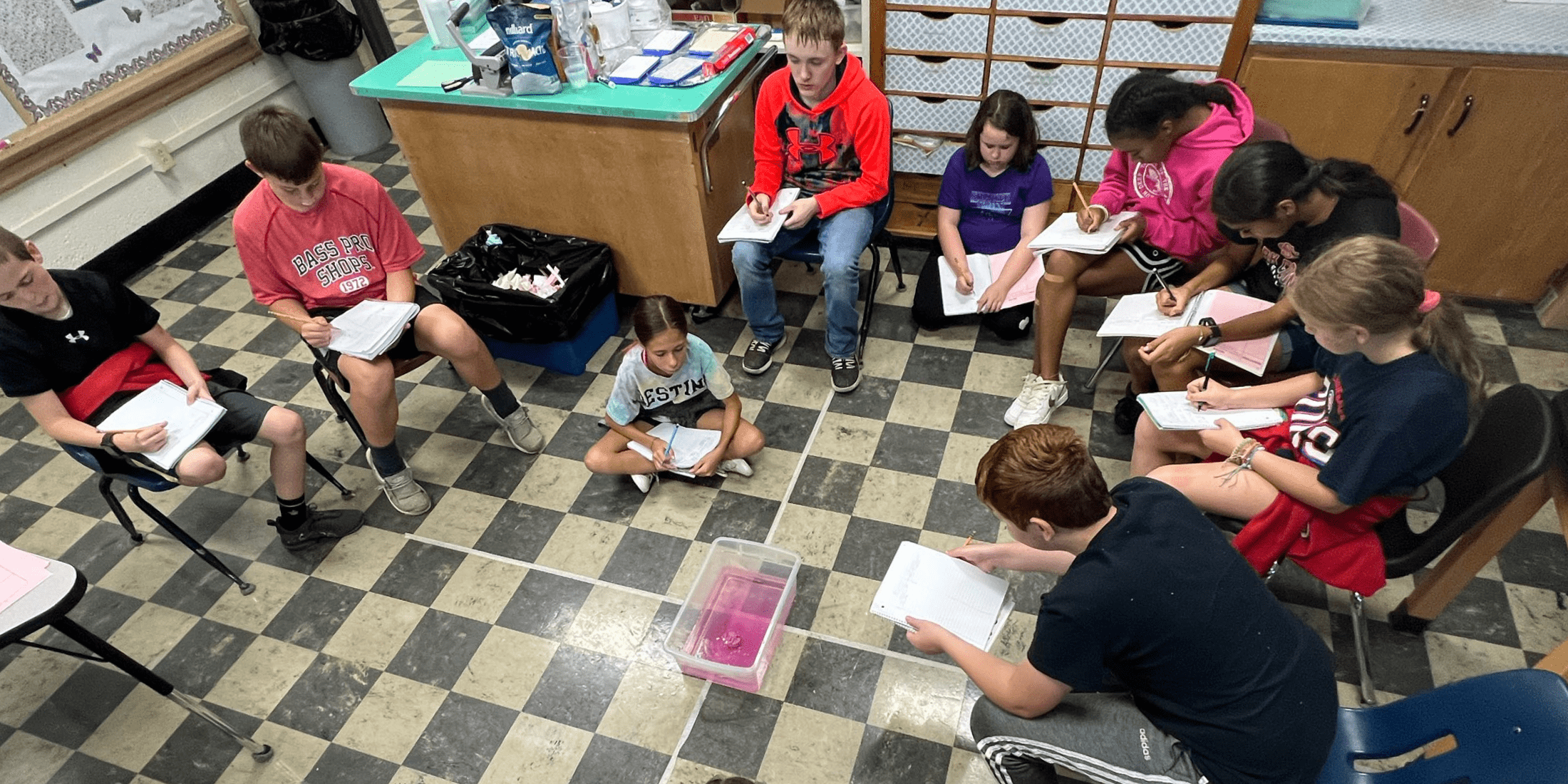
Quick Take: The second session of our Snapshot Webinars on 3-Dimensional Learning: Student Sensemaking, takes you on a journey from understanding the basics of sensemaking to practical tools and tips for classroom implementation. Learn how to foster collaborative learning environments, assess real understanding beyond rote memorization, and tap into OpenSciEd's unique, multidimensional approach for a richer, more engaging science learning experience for students. Webinar video replay and free resources included.
In the first session of our webinar series, Snapshot Webinars on 3-Dimensional Learning to Ignite Your Science Classroom, we set the stage by revealing how 3-dimensional learning and making thinking visible can radically transform science education.
Our Professional Learning Specialist, Rebecca Garelli, shared practical tools like the self-reflective “Alone Zone” and the Driving Question Board (DQB) to engage students and gave educators actionable insights that educators could immediately deploy in their classrooms.
These foundational strategies serve as the perfect preamble to this recap of the second webinar in this series—focused strategies for student sensemaking in OpenSciEd. In the sections ahead, we'll explore a few key strategies from the webinar that will give you fresh insights and free tools for the coming school year.
Let’s dive into these Aha Moments! 🚀
Student Sensemaking: The Cohesive Force Behind Effective Student Investigations
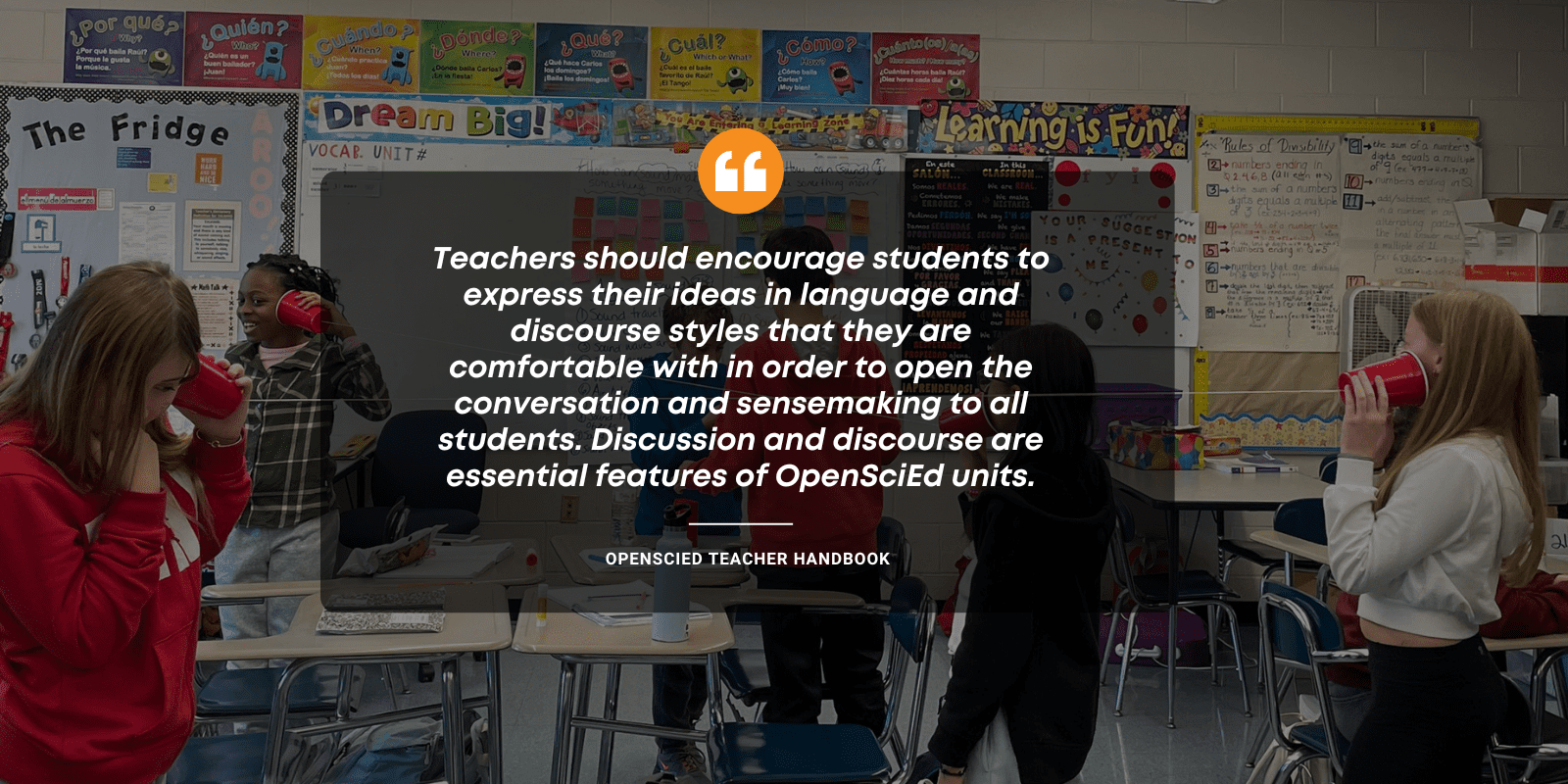
In the realm of science education, those enlightening "Aha Moments" aren't mere luck—they're the result of a potent force known as Student Sensemaking. If this relatively new term leaves you puzzled, don't worry—you're not alone. But once you grasp the essence of sensemaking, you'll see it's the secret sauce that makes 3-dimensional learning not just possible, but profoundly impactful.
In OpenSciEd, sensemaking integrates scientific practices, cross-cutting concepts, and core ideas. As Rebecca noted in the webinar, this approach is rooted in research on how people learn, specifically within the K-12 science education framework. It's a dynamic, hands-on approach that involves four critical attributes as outlined by the NSTA: phenomena, science and engineering practices, student ideas, and disciplinary core ideas.
This approach fits perfectly with 3-dimensional learning. The 'three dimensions'—scientific and engineering practices, crosscutting concepts, and disciplinary core ideas—aren't just checkboxes on a lesson plan. They're integral parts of the sensemaking puzzle, tools that make the 'Aha Moments' not only possible but a regular classroom occurrence, ensuring that all students’ voices and ideas are heard and included in the process.
From Me to We: The Collective Aha Moment
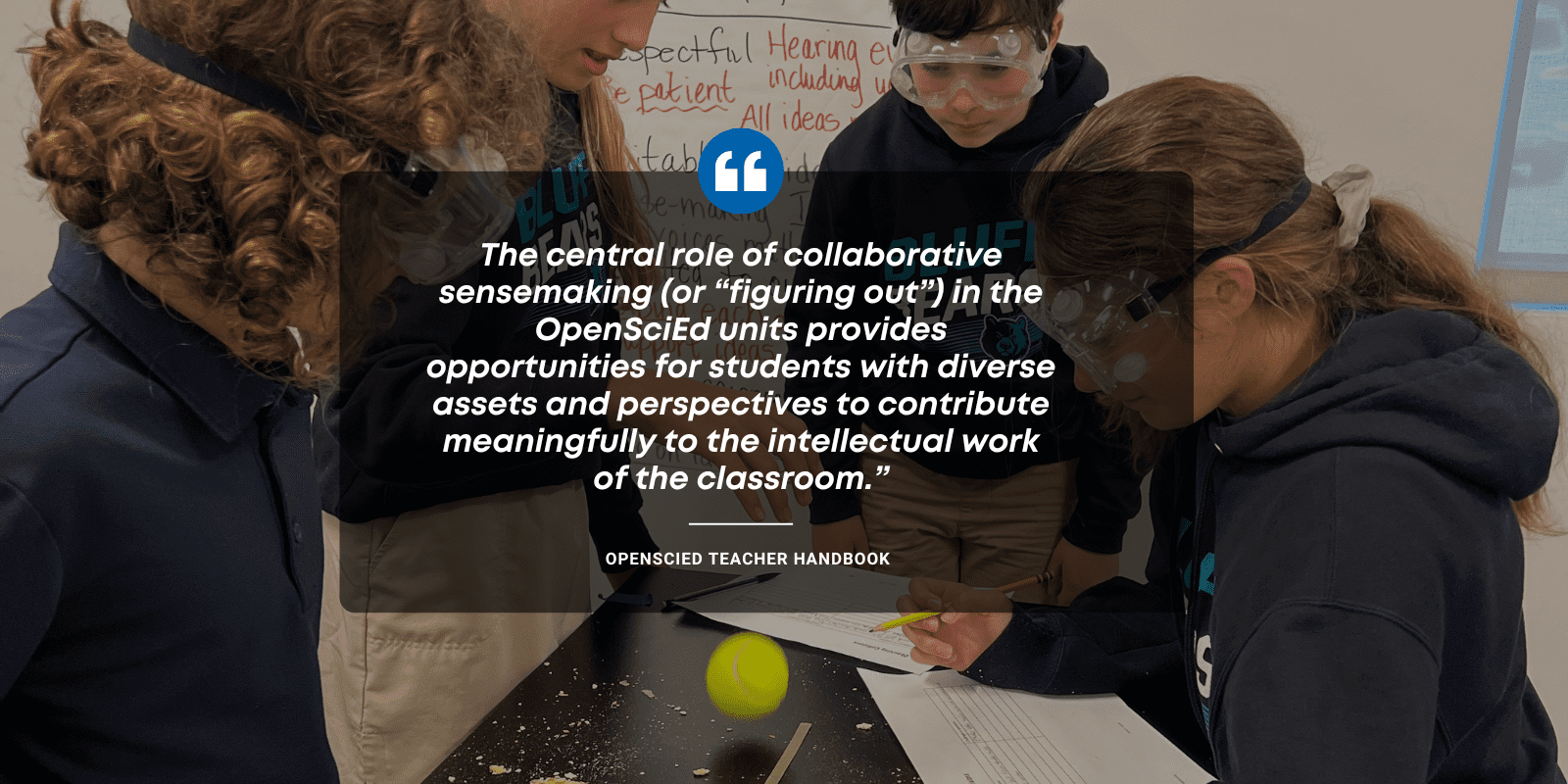
Sensemaking doesn't happen in isolation; it’s inherently a collective effort, best facilitated by strategic classroom management and an inclusive culture. This idea flips the script on learning, showing us it's not just a solo venture but a group road trip we're all on together—a theme at the core of OpenSciEd’s curriculum that resonated throughout the webinar discussion.
Why is collaboration crucial for effective sensemaking? Rebecca summed it up best with one of the webinar's pivotal insights: “Sensemaking means “figuring out”. Figuring out is a collaborative endeavor. We don't figure out the world by ourselves!”
In the complex, interwoven fabric of scientific understanding, individual threads of insight become all the more meaningful when woven together. When students team up to tackle a problem, they're not just boosting their own individual understanding—they're also adding layers of depth to the group's collective know-how.
Rebecca laid out a multi-faceted approach to creating a classroom environment centered on collective "figuring out" starting with the importance of leveraging students' "funds of knowledge" as valuable resources in the classroom. Bringing in different viewpoints doesn't just add depth to our group understanding; it also turns each student into an active player in their own learning. This is another awesome feature of OpenSciEd, multiple ways of knowing and discussing.
“With multiple modalities, we're talking about diverse sensemaking. That means using home language, drawing pictures writing. Sentences, words, diagrams, symbols, anything to help us make sets is more than welcome in an OpenSciEd classroom!” – Rebecca Garelli
Rebecca demonstrated the use of Driving Question Boards and "progress trackers" as important tools for ongoing reflection and collaborative discussion. She also stressed the importance of having structured conversations that start with basic ideas and naturally progress to more complex insights. This approach makes sure everyone's thoughts get heard and contributes to the group's overall understanding. She's a big fan of peer feedback too, as it allows for ongoing improvements and keeps everyone engaged.
Webinar attendees were encouraged to use various digital tools to facilitate collaborative learning. Activate Learning’s Digital Platform, for example, supports classroom collaboration while providing teachers with an efficient way to gather and share students' insights. These combined strategies transform the classroom into a dynamic space of shared discovery.
So, what's the best way for teachers to gauge how well students are making sense of it all?🤔
Ditching Rote Recall: The Art of Assessing Real Understanding
When the session segued to innovative assessment strategies, Rebecca stressed the need to shift away from traditional assessment methods that often focus on memorization-based tasks.
Traditional assessments often focus on rote memorization and isolated skills, offering an incomplete picture of a student's understanding. OpenSciEd’s innovative model introduces a novel solution to this problem: "transfer tasks." These tasks are designed to assess not just what students know, but also how well they can apply this knowledge in new and unfamiliar situations. This gives educators a more nuanced understanding of a student's skills, including their ability to synthesize information and adapt to new contexts.
Creating a successful transfer task involves aligning it with learning objectives, providing a real-world context, and allowing for multiple approaches to a problem. The beauty of transfer tasks is that they challenge students to apply their understanding in novel situations, which reflects their grasp of core scientific principles. These aren't your run-of-the-mill, fill-in-the-blanks assessments. Transfer tasks demand engagement, application, and critical thinking, as students move from simply "knowing" to actively "doing."
Rebecca emphasized that designing a compelling transfer task is an art form that combines various crucial elements. These tasks should not only align with OpenSciEd's multi-dimensional learning objectives but also captivate students with real-world phenomena. The goal is to craft assessments that encourage students to think critically, integrate different concepts, and apply their knowledge in diverse ways. The trick is to strike the right balance—focusing on core content while also pushing students to think about the larger, systemic implications of what they're learning.
Additionally, Rebecca offered some pointers on implementing these tasks. Feedback is essential. Instead of just assigning a grade, educators should guide students through the process, identifying areas of improvement and celebrating moments of insight.
It’s clear that sensemaking, in essence, elevates science education to a collective journey of discovery, redefining not just how we teach but how we understand the very act of learning itself – and that’s just the tip of the iceberg!
For more insights, watch the webinar recording below and download the free resources Rebecca shared HERE.
Ready for the next webinar on 3-Dimensional Learning?
We are too! If you missed this first two webinars, don’t worry. There are still two more webinars left in the series. And register for upcoming webinar sessions in this series HERE to catch the Aha Moments for your teaching and learning journey! 🚀
[Header Photo: 7th grade students observing bath bombs using OpenSciEd unit. This investigation was recreated virtually for webinar participants. CREDIT: @WhittleScience/Twitter]
* * * * *



